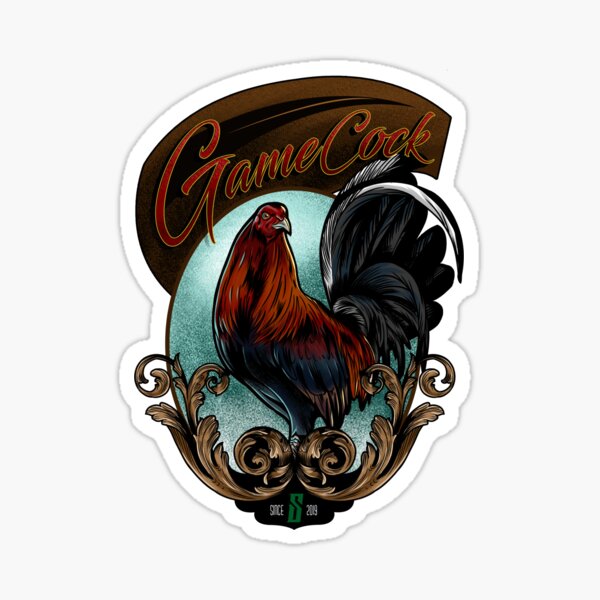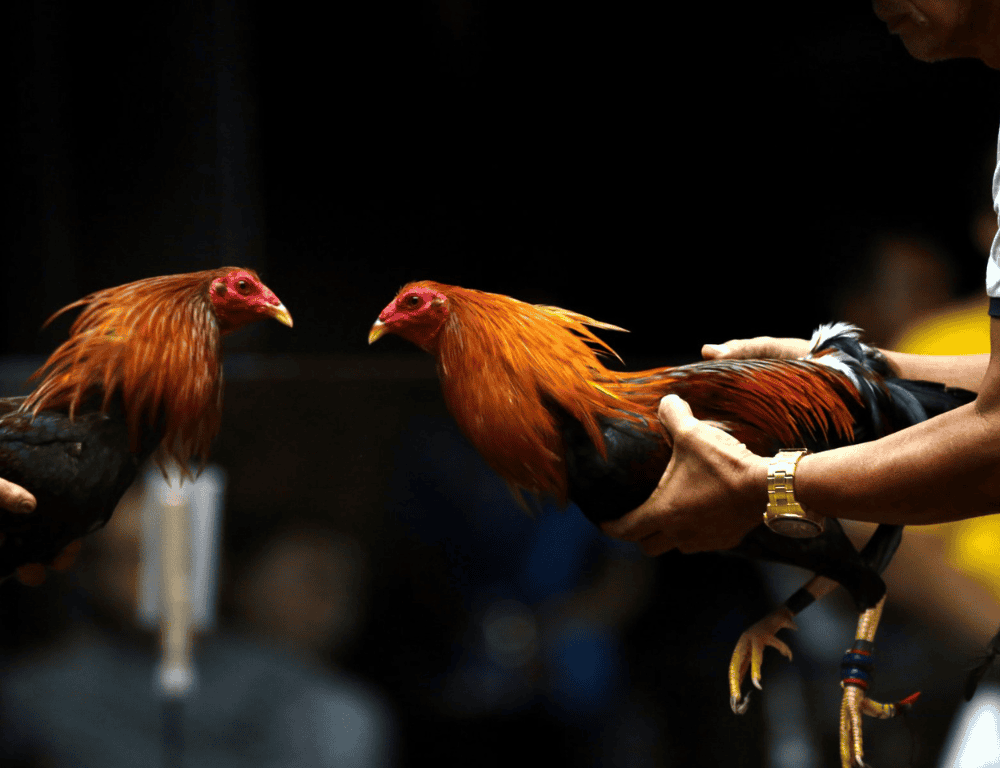Insights from a Sabong Grandmaster: Tips for Aspiring Cockfighters
Insights from a Sabong Grandmaster: Tips for Aspiring Cockfighters
Blog Article
Secrets of the Sabong Grandmaster: Grasping the Art of Cockfighting
The detailed globe of cockfighting, especially as exercised by the Sabong Grandmaster, supplies an interesting study in the confluence of pet actions, training methodologies, and competitive strategy. To genuinely grasp the nuances of this art type, one must check out just how the Grandmaster balances the mental and physical aspects of fowl training while browsing the moral factors to consider fundamental in this traditional practice.
Background of Cockfighting

As the centuries advanced, cockfighting spread across numerous continents, adapting to local personalizeds and social characteristics. In medieval Europe, it got popularity among the nobility, who concerned it as a display of wealth and condition. By the 17th century, the sport had developed itself in England, bring about the formation of defined regulations and guidelines.
In the Americas, especially in the Caribbean and the Philippines, cockfighting took on unique attributes affected by early american backgrounds and aboriginal techniques. Today, while the sport continues to be questionable and encounters legal difficulties in lots of areas, its historic value remains to stimulate conversations regarding pet civil liberties, social heritage, and societal worths. The evolution of cockfighting mirrors wider styles of human interaction with nature and the complexities of practice.
Comprehending Fowl Habits
Comprehending fowl actions is essential for those associated with the sport of cockfighting, as it straight influences health and wellness, efficiency, and training. Roosters display a variety of habits that can suggest their mental and physical states. Especially, aggression, territoriality, and social hierarchy play substantial functions in their temperament.
Aggression is a natural instinct in roosters, mainly driven by the demand to assert prominence. Observing interactions amongst fowls can disclose their chain of command, which is vital for handling their environment. A certain fowl presents an extra assertive position, while a passive one might show indications of tension or anxiety, such as crouching or preventing eye get in touch with.

Training Methods for Champions
Reliable training techniques are essential for developing champ roosters that master the competitive sector of cockfighting. A systematic approach makes sure that each bird reaches its complete potential, combining physical fitness with psychological fortitude.
To begin, developing a consistent training regimen is important - Sabong Grandmaster. This includes daily workouts that boost strength, dexterity, and endurance. Regimens might involve regulated sparring sessions with both fabricated and online opponents to replicate competition, allowing roosters to sharpen their fighting abilities in a risk-free atmosphere
Integrating dexterity drills, such as challenge programs and leaping workouts, considerably improves a rooster's physical capacities. In addition, introducing different surface areas and terrains can enhance their flexibility throughout battles.
Mental training ought to not be ignored. Acquainting the birds with the sounds and views of a competitive environment can minimize anxiety and anxiousness on battle day. Furthermore, favorable support techniques, such as rewarding preferable habits, can instill confidence in the roosters.
Finally, maintaining a tranquility and assertive presence throughout training sessions cultivates depend on between the fowl and the handler, crucial for attaining optimum performance. With each other, these strategies develop a detailed training routine that grows champions ready to master the arena.
Health And Wellness and Nourishment Basics

Integrating a mix of wheat, corn, and barley provides essential carbohydrates, while healthy protein resources such as fish meal, soybean dish, or pests support muscle mass advancement and recuperation. Furthermore, including fresh vegetables and fruits can boost the overall dietary profile, providing anti-oxidants that boost the body immune system.
Hydration is similarly crucial. Accessibility to tidy, fresh water must be a top priority, as dehydration can severely impact efficiency (Sabong Grandmaster). Regular wellness exams are important to check for any prospective diseases or parasites that can endanger a rooster's problem
In addition, the timing of feed is crucial. Supplying nourishment at ideal periods ensures that fowls preserve energy levels throughout their training and healing stages. By concentrating on these health and nourishment basics, sabong enthusiasts can aid their roosters achieve optimal efficiency in the affordable arena.
Strategies for Successful Matches
Success in cockfighting depend upon a combination of calculated preparation and in-ring strategies. Reliable match strategies start long prior to the fight, with careful choice of the rooster. Dog breeders ought to prioritize genetic traits such as resilience, aggression, and endurance, making certain that the selected bird demonstrates a solid family tree of performance.
Training is critical; fowls must be conditioned through a routine that includes physical workout, competing with various other birds, and direct exposure to different settings. This preparation not only constructs toughness but likewise improves the bird's flexibility to different opponents.
During the match, a handler should use eager observation and fast decision-making. Identifying more tips here the opponent's techniques enables timely changes, such as shifting the fowl's position or urging extra hostile behavior. Timing is crucial; understanding when to urge or restrain the bird can suggest the difference between success and loss.
Lastly, maintaining a calm disposition during matches cultivates confidence in the rooster. A well balanced method, integrating both physical and mental readiness, eventually results in successful end results in the field, demonstrating that mastery in cockfighting is as much regarding strategy as it has to do with the birds themselves.
Verdict
The mastery of cockfighting, as exhibited by the Sabong Grandmaster, pivots on a detailed understanding of fowl behavior, effective training strategies, and ideal health and nutrition. Inevitably, the tricks of the Sabong Grandmaster lie in the harmonious equilibrium of these aspects, making sure the continued tradition of this ancient sporting activity.
To genuinely understand the nuances of this art form, one must explore how the Grandmaster harmonizes the psychological and physical elements of fowl training while browsing the honest factors to consider inherent in this typical practice.Comprehending fowl habits is crucial for those included in the sport of cockfighting, as it straight influences health, training, and efficiency.Keeping optimum health and nutrition is vital for making certain that fowls reach peak performance in the cockfighting field. Supplying websites sustenance at proper periods guarantees that fowls preserve energy levels throughout their training and healing stages.The proficiency of cockfighting, as exemplified by the Sabong Grandmaster, hinges on an extensive understanding of fowl behavior, effective training strategies, and optimum wellness and nutrition.
Report this page